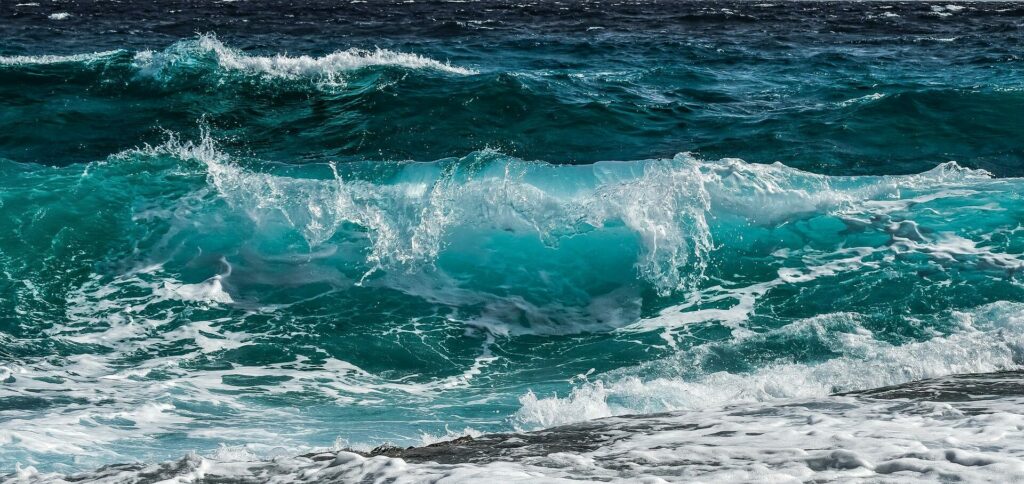“The ship has reached shore,” announced the president of the conference, Rena Lee, at the United Nations headquarters in New York, shortly before 21:30 pm local time (23:30 pm Brasília time), to applause from the delegates.
ADVERTISING
After more than 15 years of discussions, formal and informal, the third round of negotiations in less than a year announced the long-awaited consensus.
The treaty is considered essential to conserving 30% of the world's land and oceans by 2030, as agreed by the world's governments in a pact signed in Montreal in December. Currently only 1% of the high seas are protected.
“This is a historic day for conservation and a sign that in a divided world, protecting nature and people trumps geopolitics,” said Laura Meller of Greenpeace.
ADVERTISING
After two weeks of intense negotiations at UN headquarters, including a marathon of night sessions from Friday to Saturday, delegates finalized a text that cannot undergo significant changes.
“There will be no reopening and no substantive negotiations,” Lee told negotiators.
The agreement will be formally adopted once it has been reviewed by legal experts and translated into the six official languages of the United Nations, he announced.
ADVERTISING
The Secretary-General of the United Nations, António Guterres, congratulated the delegates, according to a spokesperson who conveyed that this agreement was a “victory for multilateralism and global efforts to address destructive trends affecting ocean health".
The European Union celebrated a “fundamental step to preserve marine life and biodiversity, essential for our and future generations”.
The high seas begin where countries' Exclusive Economic Zones (EEZ) end, up to a maximum of 200 nautical miles (370 km) from the coast, and are therefore not under the jurisdiction of any nation..
ADVERTISING
Protected areas
Despite representing more than 60% of the oceans and almost half of the planet, the high seas were ignored for a long time, as attention focused on coastal areas and symbolic species, such as whales and turtles.
And this despite the fact that oceanic ecosystems are responsible for half of the oxygen we breathe, limit warming by absorbing part of the CO2 generated by human actions and feed part of humanity. But they are threatened by climate change, pollution of all kinds and overfishing.
When the treaty comes into force, after being signed and ratified by a sufficient number of countries, marine protected areas can be created in international waters.
ADVERTISING
“Life on Earth depends on a healthy ocean. The new high seas treaty will be vital to our common goal of protecting 30% of the oceans by 2030,” said Mónica Medina, head of the oceans sector at the US Department of State.
The treaty on “the conservation and sustainable use of biodiversity navy in areas that do not depend on national jurisdiction” also introduces the obligation to carry out environmental impact studies of activities that will be carried out on the high seas.
Genetic resources
Another chapter that proved to be very sensitive until the last minute was the distribution of potential benefits from the exploitation of marine genetic resources on the high seas.
Developing countries, which do not have the means to finance expensive expeditions and research, are struggling not to be excluded from the possible commercialization of molecules from marine organisms by pharmaceutical and cosmetic companies..
As in other international forums, particularly climate negotiations, the debate boiled down to a question of North-South equity, according to observers.
The European Union promeyours, in New York, 40 million euros (220 million reais) to facilitate the ratification of the treaty and its initial application. In addition, he announced in Panama more than 800 million euros (4,1 billion reais) for the protection of the oceans until 2023.
Panamanian Chancellor Janaina Tewaney announced that “341 new commitments” were signed to combat pollution, illegal fishing and other threats to the sea, involving funds of 19,9 billion dollars (about 98,7 billion reais) offered by the United States.
(To AFP)
Read also





